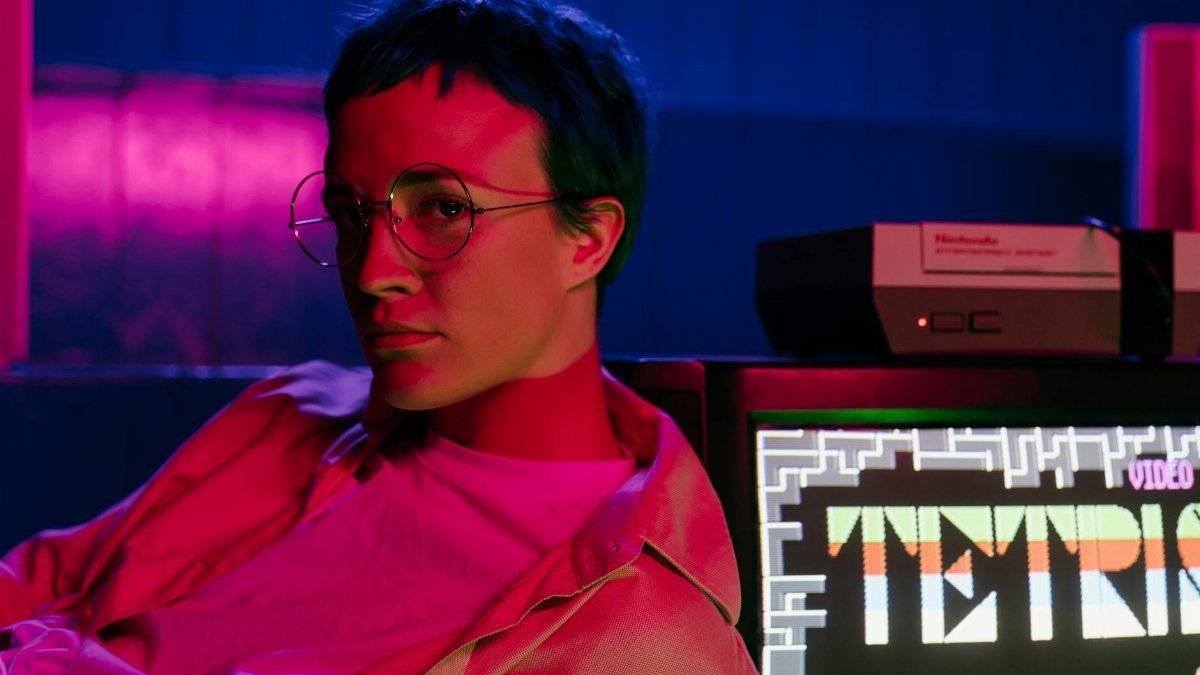New data shows 60% of PTSD patients using visual distraction techniques like Tetris report fewer intrusive memories. This emerging approach, often called tetris therapy flashbacks reduction, is gaining traction in mental health circles. Studies suggest that engaging in the classic block-stacking game shortly after trauma—or even during therapy—can disrupt the brain’s process of forming haunting memories. It’s not a cure, but for many, it’s a surprising tool to dull the edge of flashbacks. Researchers and clinicians are now digging into why this simple game might hold such power.
What Is Tetris Therapy?

Tetris therapy involves using the iconic video game as a cognitive intervention to reduce intrusive memories, particularly for those with post-traumatic stress disorder (PTSD). The idea is rooted in the brain’s limited capacity for processing multiple visual-spatial tasks at once. By playing Tetris, patients may interrupt the consolidation of traumatic memories, lessening the frequency or intensity of flashbacks. It’s a low-cost, accessible method that’s caught the eye of therapists looking for innovative ways to support mental health recovery.
How Does It Work on Flashbacks?

The mechanism behind tetris therapy flashbacks reduction lies in cognitive interference. Trauma memories often solidify shortly after an event through a process called memory consolidation. Tetris, with its demand for focus on rotating and placing shapes, competes for the same mental resources needed to replay traumatic images. Research indicates that playing within a critical window—often within hours of trauma or during therapy recall—can weaken the memory’s emotional grip, cutting down on unwanted flashbacks over time.
Backing From Science

Studies have provided solid evidence for this approach. A 2017 trial at Oxford University found that trauma patients who played Tetris in emergency settings reported fewer intrusive memories in the following week compared to a control group. The findings, published in Oxford Academic Journals, suggest a real impact. Another study, summarized by National Institutes of Health, reinforced that visual-spatial games like Tetris could be a practical adjunct to traditional PTSD therapies.
Who Can Benefit Most?

This method shows promise for individuals with acute trauma or diagnosed PTSD, especially those plagued by vivid, recurring flashbacks. First responders, accident survivors, and veterans are among the groups researchers have targeted in trials. However, it’s not a one-size-fits-all fix. Therapists note that tetris therapy flashbacks reduction works best as part of a broader treatment plan, often alongside counseling or medication, rather than a standalone solution.
Limitations to Consider

While promising, Tetris therapy isn’t without caveats. Timing is critical—playing the game too long after a traumatic event may have little effect on memory consolidation. Additionally, not all patients respond to visual-spatial tasks equally; some may find the game stressful rather than distracting. Clinicians also warn against over-reliance on a game to address deep-seated trauma, emphasizing that professional mental health support remains essential for lasting recovery.
Practical Use in 2025

As mental health tools evolve, Tetris therapy is expected to see wider testing in clinical settings across the U.S. in 2025. Some therapists are already integrating it into exposure therapy sessions, using mobile apps for easy access. Hospitals may also trial it for emergency room patients post-trauma. For those curious to try, experts advise consulting a mental health professional first to ensure the approach aligns with individual needs and circumstances.
Why It’s Gaining Attention

The simplicity and affordability of Tetris therapy make it a standout in a field often dominated by expensive or complex treatments. Unlike medication or intensive therapy, it requires little more than a smartphone or gaming device. With PTSD affecting millions—over 8 million adults in the U.S. annually, per federal data—this accessible option could reach underserved communities. Its non-invasive nature also appeals to those wary of traditional psychiatric interventions.
Next Steps for Research

Scientists are now pushing to refine this method. Current studies aim to pinpoint the optimal time frame for intervention and explore whether other games or visual tasks could yield similar results. There’s also interest in long-term effects—does reducing flashbacks early on prevent PTSD development altogether? As data rolls in, expect more clarity on how tetris therapy flashbacks reduction fits into the broader mental health toolkit in the coming years.
Disclaimer
The content on this post is for informational purposes only. It is not intended as a substitute for professional health or financial advice. Always seek the guidance of a qualified professional with any questions you may have regarding your health or finances. All information is provided by FulfilledHumans.com (a brand of EgoEase LLC) and is not guaranteed to be complete, accurate, or reliable.
